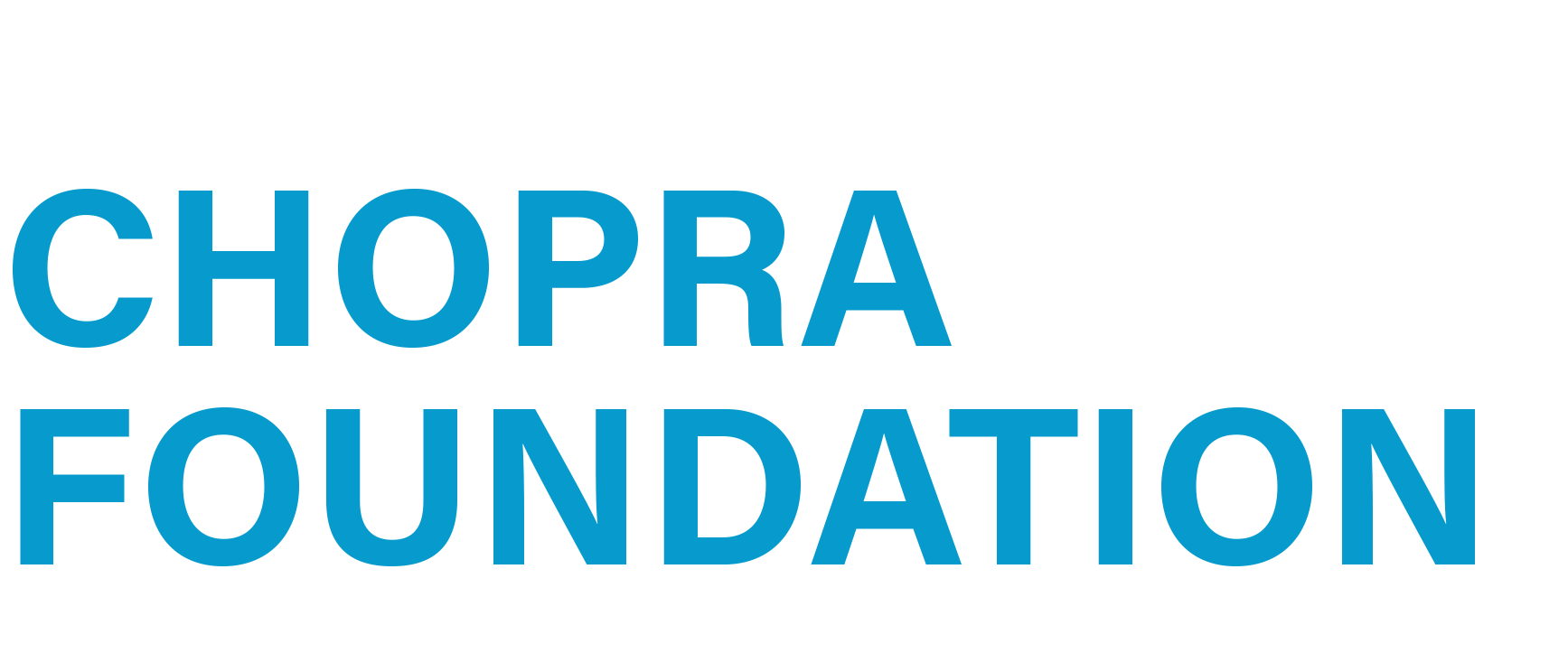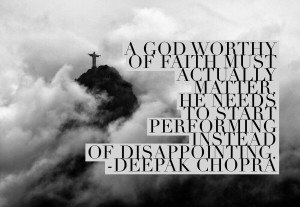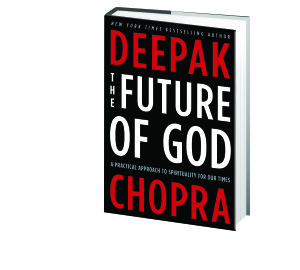Recently I created a brief storm on Twitter by throwing out questions that physicists can’t answer. Twitter allows you to contact famous physicists directly, and it’s predictable that a handful will become irritated and even riled up if you dare to challenge them. “What happens in physics stays in physics” is their motto, apparently. But I’m on tour for a new book, The Future of God, and for decades, ever since the publication of books like The Tao of Physics and God and the New Physics, it’s become evident that physics can’t escape its meeting with God. I don’t mean the clash between belief and atheism. What I cover in the book, and what makes some physicists with famous names turn ad hominem and outright abusive, is something else. They are going to need God to solve some fundamental questions about reality. Even more irritating to them, God exposes the current crisis in physics. After promising us that physics will one day have the answer for where the universe came from, what it’s made of, and where human beings belong in the cosmos, today physics may actually be farther away from an answer than ever. Such is the nature of the crisis. (more…)
Listen to The Future of God
Click for a free meditation audio: The Future of God: Fulfilling Your Divine Potential
Available November 11, 2014 – The Future of God
Memo to Neuroscience: “We Are Not Brain Puppets”
By Deepak Chopra, MD
The notion that human beings walk, talk, think, and do things because our brains control us is a fringe idea, easily refuted with a few moment’s thought and rarely taken seriously. But it got a boost from an Op-ed piece in the New York Times last week under the title, “Are We Really Conscious?” Thousands of readers were exposed to an argument that has been around for decades, holding that the brain is a machine analogous to a computer, and its working parts (neurons) operate through strict cause and effect. Therefore, when we believe that we have free will, we are as mistaken as marionettes controlled by invisible strings.
The author of the Op-ed piece, a Princeton psychology professor named Michael S. A. Graziano, states the extreme case for brain-as-machine: We are fooling ourselves to believe we are conscious. He also states, quite falsely, that this mechanistic view is the only viable explanation for consciousness currently to be found in science. Actually, there are a number of annual conferences on the topic of science and consciousness, and it’s fair to say that Graziano’s strict materialistic view, although a pet theory in the field of Artificial Intelligence (AI), rarely comes up in these conferences. But with the name of a prestigious university attached, his Op-ed piece will start a discussion, so here’s my contribution.
Solving Climate Change Now: The Clean Energy “Moonshot” Approach
Picking climate change as the problem I’d like to fix is the easy part — who wouldn’t pick it? The hard part is to envision a solution that isn’t either blue sky or far away in the future. That’s where a unique program called the California Clean Energy “Moonshot” offers a real-time, present moment answer.
The “Moonshot” is a community effort that can be expanded globally. It aims at 100 percent renewable energy production with 0 percent carbon emissions. How? Several premises are at work:
- The technologies for renewable clean energy already exist in the form of solar and wind power, hydrogen fuel cells, and advanced storage techniques for electricity.
- Large power grids lose massive amounts of energy during transmission. They are inefficient, inflexible, and no one wants them built in their backyard.
- By turning to microgrids at the community level, the liabilities of massive power grids are eliminated.
- Microgrids can be made profitable enough to attract business investment, with vast pools of private capital waiting in the wings to fund them.
A Science of Miracles — No Longer Optional? (Part 2)
By Deepak Chopra, MD
For most people, miracles are something left behind in childhood. They require innocent belief, not adult rationality. The camp of vocal skeptics and atheists provide a crossroads, in fact, where one way leads to irrationality, the other to rationality, as if this definitively defines where the truth lies. If you don’t take the way of rationality, you will wind up in the realm of superstition, primitive myths, magical thinking, and bogus miracles.
Why, then, did Einstein make his famous remark that either nothing is a miracle or everything is a miracle? Because he saw deeper into reality than the simplistic either/or of skeptics and atheists. As we saw in Part 1 of this series, there is no credible scientific theory that describes how the mind interfaces with reality. This means that there is no theory that proves the existence of miracles or disproves it. Until we can fully explain consciousness, we can’t fully explain the events that occur in consciousness.
It sounds startling, but science can’t explain ordinary experiences, much less supernatural experiences. No one knows how thoughts arise, why intuition exists, where creativity comes form, or most important of all, how the porridgy gray matter of the brain, which is totally dark and silent, produces the sights and sounds of the three-dimensional world. The simplest and most profound miracle that everyone encounters every day is this miracle.





